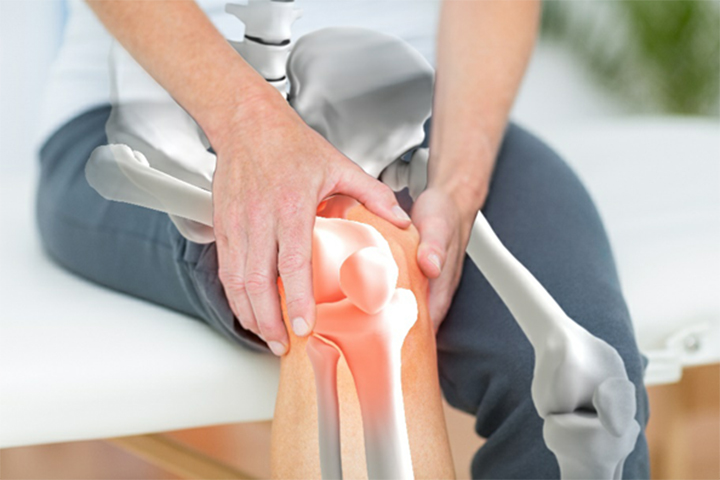Is a Fracture a Break?
Table of Contents
Difference Between a Fracture and a Break
Practice Safe Driving to Avoid Injuries
Is a Fracture a Break?
A fracture and a break of a bone are one and the same. There is no difference between a fracture and break, and the words may be used interchangeably. The more common term that physicians will use when referring to a compromised bone is ‘fracture.’ There are varying types/degrees of fractures that will need to be correctly diagnosed before a proper treatment plan is put into place.
Proper diagnosis is done through obtaining a plain film, or x-ray, of the area involved. Some of the varying types of this injury can be a stable fracture or unstable, open fracture (meaning the skin has been compromised resulting in the possibility of bone to show through) or closed, transverse fracture, oblique fracture, or comminuted fracture. The answer to the question “Is a fracture a break” is yes. Fracture is the word used in medical terminology when discussing a break in the bone.
Difference Between a Fracture and a Break
Any loss of original anatomical continuity in the bone is considered a fracture, or break of the bone. This is most commonly the result of a force applied to the bone that is stronger than the bone is able to withstand, such as through a car accident.
A stable fracture is non-displaced. This means that the broken pieces of bone have maintained their correct anatomical position and integrity. In an unstable fracture, the opposite is true. In this case, the fractured bones have been displaced. Surgery will usually not be needed with a stable fracture, only an immobilization of the involved area. Immobilization will always be key with treatment of a fracture. The less you move the area, the less it hurts.
An open fracture may require surgical intervention. A fracture that is considered open has pierced through the skin. This may or may not result in bone being visible at the time that you seek treatment for the injury because the bone may have retreated back into the skin. In a closed fracture, the overlying skin has not been compromised. It is very important to diagnose an open fracture correctly because there is an increased risk of infection in this scenario.
A transverse fracture is a break of the bone perpendicular to the fibers of the bone. Think of the long bone of your shin, the tibia. A transverse fracture of this bone would travel straight across. This type of fracture may be displaced or non-displaced, open or closed.
Oblique fractures are a break in the bone that is at an angle, or oblique, to the length of the bone. Again, this type of fracture may also be categorized as stable or unstable, open or closed.
A comminuted fracture occurs when the bone breaks apart into more than two segments. The bone is essentially splintered. This type of fracture will commonly be a result of much greater force than other types of fractures and will most likely require surgical intervention in order to place the bones back into their correct anatomical position.
Immobilization of the involved area will be key in healing any type of fracture.
Practice Safe Driving to Avoid Injuries
One of the most common causes of bone fractures is a motor vehicle accident. As this is Distracted Driving Awareness Month, it is appropriate to discuss this type of car accident injury.
While there may be less drivers on the road due to the current stay-at-home orders, car accidents continue to be prevalent due to drivers speeding on freeways as there are barely any cars on them. Please practice safe driving in order to avoid a car accident injury of any sort, particularly a very painful bone fracture.
Do not allow yourself to commit distracted driving by means of texting while driving, speeding, etc. This is for your safety and the safety and prevention of injuries of others.
If you do happen to unfortunately sustain an injury in a car accident, please make an appointment for a consultation with Dr. Horn by visit by calling (281) 837-8550.


Like!! Really appreciate you sharing this blog post.Really thank you! Keep writing.